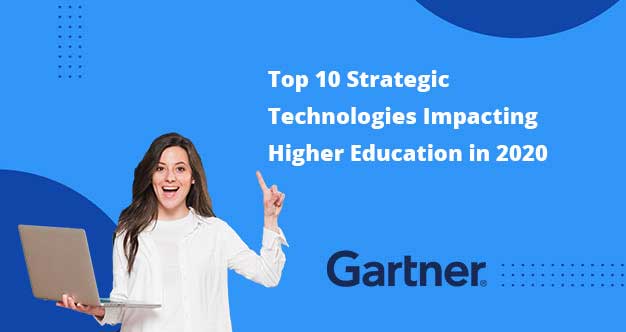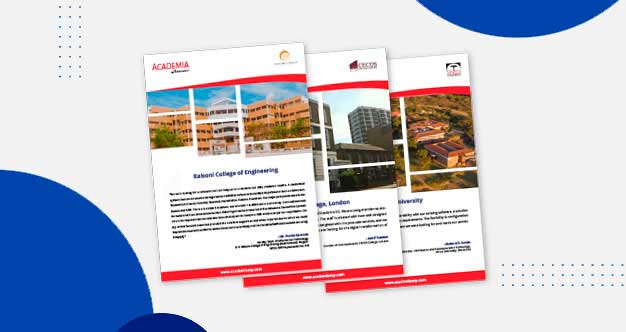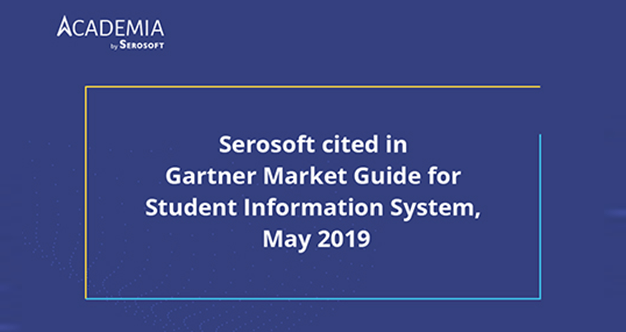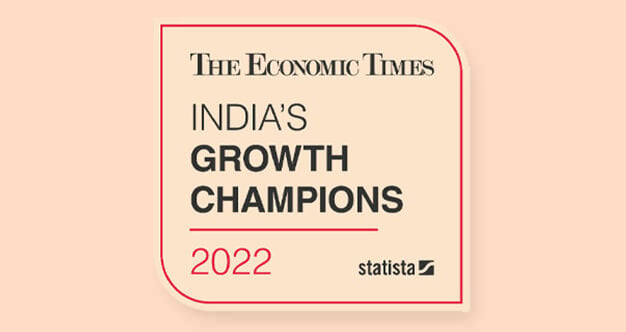Data-powered Student Recruitment Strategies for Higher Education Institutions
Introduction:
In an increasingly competitive higher education landscape, higher ed institutions must find innovative ways to attract and retain students. Data-powered student recruitment strategies can help higher ed institutions make informed decisions, target their efforts, and ultimately increase enrollment. In this blog post, we will discuss how higher education institutions can leverage data to implement effective student recruitment strategies and drive success.
- Develop Data-Driven Student Profiles:
To attract the right students, higher ed institutions must first understand their target audience. By analyzing historical enrollment data, institutions can develop comprehensive student profiles that include demographic information, academic interests, and extracurricular activities. These profiles can help institutions identify patterns and trends, allowing them to tailor their recruitment efforts and messaging to resonate with prospective students.
- Utilize Geographic Information Systems (GIS):
Geographic information systems (GIS) can help higher education institutions visualize and analyze their recruitment data geographically. By mapping prospective students’ locations, institutions can identify regions with high concentrations of their target audience and allocate resources accordingly. GIS can also help institutions identify underserved areas, enabling them to expand their reach and diversify their student population.
- Optimize Digital Marketing Efforts:
In the digital age, prospective students often rely on online resources when researching and comparing higher education institutions. By leveraging various campaigns and data analytics, higher ed institutions can optimize their digital marketing efforts to reach their target audience more effectively. This may involve:
- Analyzing website traffic data to identify popular content and improve user experience
- Utilizing search engine optimization (SEO) techniques to increase visibility in search results
- Implementing targeted social media advertising based on prospective students’ interests and online behavior
- Personalizing email marketing campaigns to engage and nurture prospective students
- Engage in Predictive Analytics:
Predictive analytics can help higher education institutions forecast future enrollment trends, enabling them to adjust their recruitment strategies proactively. By analyzing historical data, institutions can identify factors that contribute to enrollment success and develop predictive models to estimate the likelihood of prospective students enrolling. This information can help institutions prioritize their outreach efforts and focus on high-potential candidates.
- Monitor and Evaluate Recruitment Efforts:
Regular monitoring and evaluation of recruitment efforts are essential for ensuring their effectiveness and making data-driven adjustments. Institutions should establish key performance indicators (KPIs) to measure the success of their recruitment strategies, such as the number of inquiries, applications, and enrollments. By continuously tracking these metrics, institutions can identify areas for improvement and refine their strategies as needed.
- Foster Collaboration and Data Sharing:
A successful student recruitment strategy requires collaboration among various departments within a higher education institution, such as admissions, marketing, and financial aid. By fostering a data-driven culture and encouraging data sharing, higher ed institutions can ensure that all stakeholders are working towards a common goal and making informed decisions. This collaborative approach can lead to more cohesive and effective recruitment efforts.
Conclusion:
Data-powered student recruitment strategies can provide higher education institutions with valuable insights and a competitive edge in attracting and retaining students. By developing data-driven student profiles, utilizing GIS, optimizing digital marketing efforts, engaging in predictive analytics, monitoring and evaluating recruitment efforts, and fostering collaboration and data sharing, institutions can maximize the impact of their recruitment strategies and drive enrollment success. Embracing a data-driven approach to student recruitment can help higher education institutions adapt to an ever-changing landscape and secure their position as leaders in the field.
Learn more about student recruitment campaigns and how to manage them better with Academia Student Information System.
Related Posts:
 Higher Ed Plans
Higher Ed Plans K12 Plans
K12 Plans










